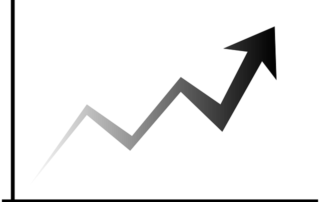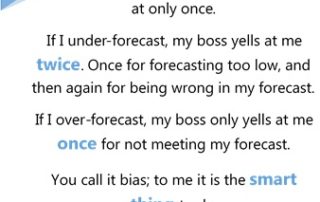Using Coefficient of Variation as a Guide for Safety Stocks
In one of my previous posts, I wrote about using coefficient of variation (CV) as a predictor of forecastability. In this post, I will talk about how it can be used to indicate a sensitivity of lead time towards the safety stock calculations. To quickly remind the reader first: The formula for CV = StdDev







